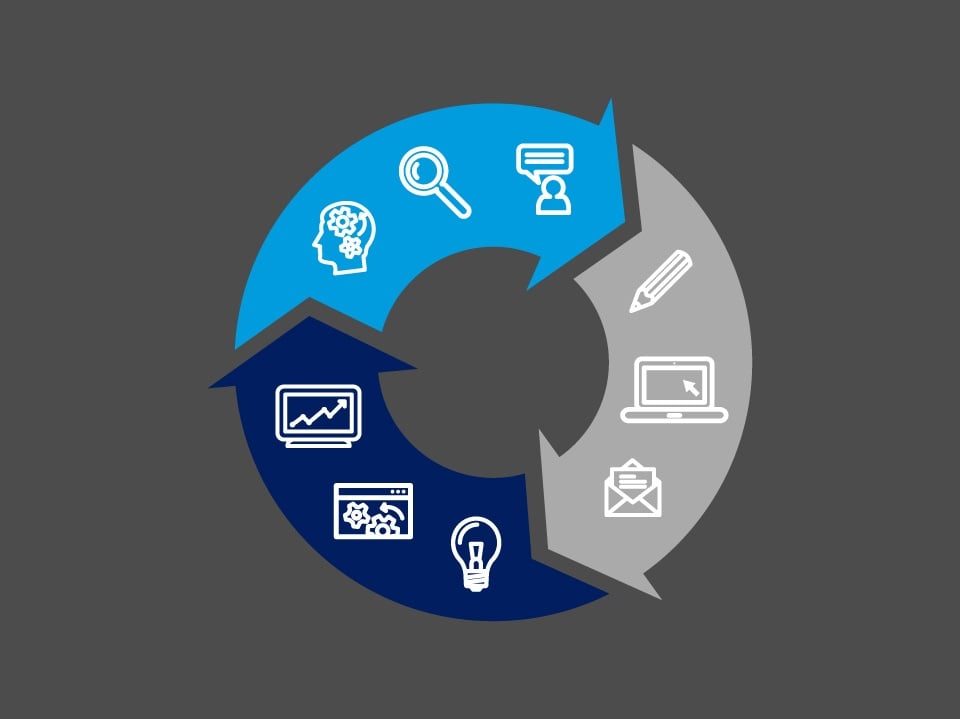One of the biggest challenges of transitioning to Agile is getting your business stakeholders and Business Analysts to step away from the BRD and embrace writing user stories. Not only are most of them new to Agile, they also know that user stories alone aren’t enough to represent requirements on a project of any size.
Using business process models to drive the creation of user stories can bridge that gap. Business process models are familiar to people on both sides of the disconnect – business and IT. Their visual nature engages everyone. By deriving user stories from a set of well-written, hierarchical business process models, user stories end up being consistent, complete, and connected to the bigger picture.
Unfortunately, however, writing User Stories can still take an enormous amount of time.
Even if you already have a set of stellar business process models, someone has to analyze and decompose them into individual stories and then manually create them in another tool – maybe Microsoft Word, maybe the development team’s Agile task management tool.
For a large, complex project with hundreds of user stories, this is not just resource-intensive, it is highly prone to human error. So while pairing business process models with user stories improves user story quality, it does little to accelerate their delivery.
But what if there were a tool that automated their creation? A tool that enabled business stakeholders and Business Analysts to create robust business process models and then use them to automatically-generate user stories for the development team? One that bridged the gap between business and technology, enabling both to interact with requirements in a way familiar to them?
To reinforce and speed up new Agile processes, teams need technology to support them. Agile frameworks and training address people and process changes, but fail to address the fact that, to scale Agile, organizations need tools to “crystallize” the process and automated the huge quantity of manual tasks. This is incredibly critical in large, distributed organizations with high-dollar portfolios, regulatory constraints, and complex technology.
Blueprint Storyteller automates User Story Creation, improving quality and speed.
Storyteller eases Agile adoption by:
- Enabling the collaborative creation of robust Business Process Models. Storyteller enables a diverse set of business and technical stakeholders to collaborate in a shared workspace to define business process models. These models are created easily in an intuitive, drag-and-drop interface most people can use without training.
Using the familiar construct of process models – with tasks, decision points, users, and condition statements – and robust collaboration capabilities, including threaded discussions and email-driven interactions, everyone is speaking the same language. Teams are able to focus on business strategy and processes – not a long list of user stories – when defining software requirements.
- Auto-generating high-quality User Stories and Tests with one, simple click. Storyteller uses teams’ collaboratively-defined business process models to automatically generate user stories, including their acceptance criteria and test cases in the form of Gherkin feature files – all with the click of a button.
Storyteller pushes these Agile requirements artifacts into the development teams’ Agile management tool of choice, where developers and testers can access the business process models on which they are based along with related documentation. This gives them a view of the bigger picture, boosting analysis and understanding.
Because user stories are automatically-generated, human error is removed from the equation. They are complete and consistent. They cover all process scenarios and conditions. Organizations no longer have to spend time and money teaching business stakeholders and Business Analysts how to write them.
- Keeping everyone in sync. Bi-directional synchronization with leading Agile task management tools, like JIRA and VersionOne, keeps requirements information up-to-date as change occurs. Stakeholders can collaborate to author, review, and provide input on requirements in the tools they are most familiar with, improving their productivity.
Storyteller is a robust, enterprise-ready Agile requirements tool that bridges the gap between business and IT. It speeds delivery while managing enterprise constraints. And it helps organizations get “unstuck” – to scale Agile across the enterprise, so they can reap its benefits while managing complexity and risk.
Do you want to learn more about Storyteller and how it speeds the delivery of high-quality user stories, aligns business and IT, and eases your Agile transition? For more information or a product demo, please contact us today.




